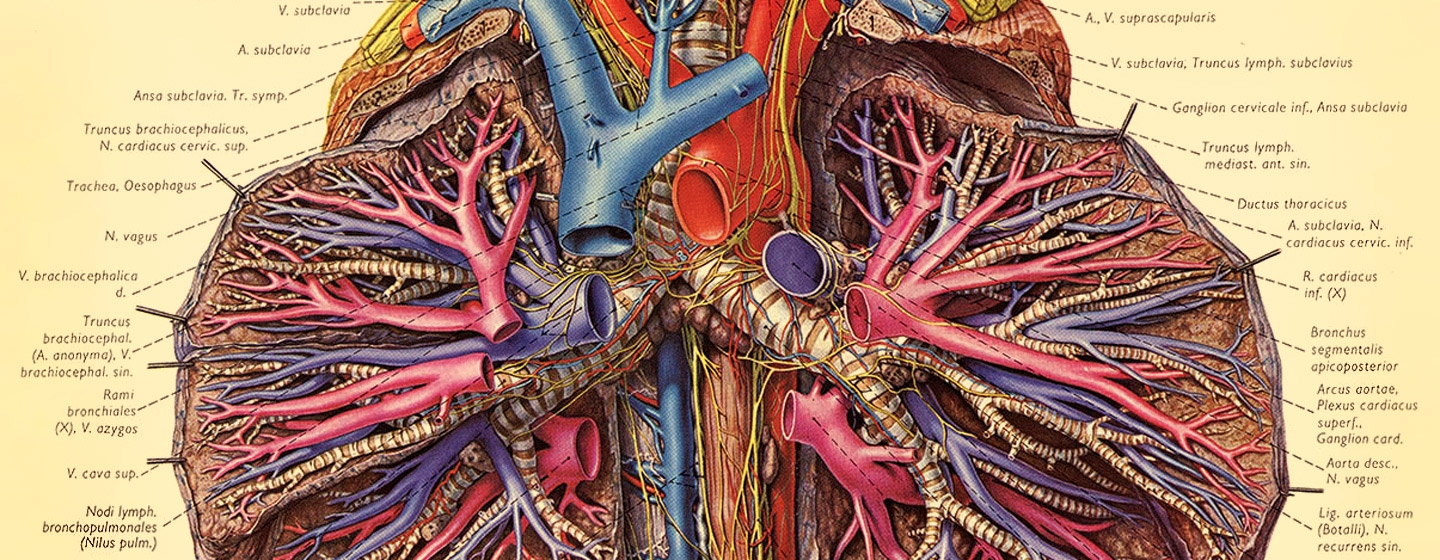3D modeled by physicians and anatomy experts. Using the International Anatomical Terminology. +6000 anatomical structures. Add, Delete and Combine anatomical structures. SUBSCRIBE TO THE CHANNEL NOW FOR MORE VIDEOS!!! Note: Real Anatomy is meant for medical and educational purposes only. TOP DONOR: Robert Martinez ($150.
Related articles:
The anatomical regions (shown) compartmentalize the human body. Just like on a map, a region refers to a certain area. The body is divided into two major portions: axial and appendicular.
The axial body runs right down the center (axis) and consists of everything except the limbs, meaning the head, neck, thorax (chest and back), abdomen, and pelvis. The appendicular body consists of appendages, otherwise known as upper and lower extremities (which you call arms and legs).
Here’s a list of the axial body’s main regions:
- Head and neck
- Cephalic (head)
- Cervical (neck)
- Cranial (skull)
- Frontal (forehead)
- Nasal (nose)
- Occipital (base of skull)
- Oral (mouth)
- Orbital/ocular (eyes)
- Thorax
- Axillary (armpit)
- Costal (ribs)
- Deltoid (shoulder)
- Mammary (breast)
- Pectoral (chest)
- Scapular (shoulder blade)
- Sternal (breastbone)
- Vertebral (backbone)
- Abdomen
- Abdominal (abdomen)
- Gluteal (buttocks)
- Inguinal (bend of hip)
- Lumbar (lower back)
- Pelvic (area between hipbones)
- Perineal (area between anus and external genitalia)
- Pubic (genitals)
- Sacral (end of vertebral column)
Here’s a list of the appendicular body’s main regions:
- Upper extremity
- Antebrachial (forearm)
- Antecubital (inner elbow)
- Brachial (upper arm)
- Carpal (wrist)
- Cubital (elbow)
- Digital (fingers/toes)
- Manual (hand)
- Palmar (palm)
- Lower extremity
- Crural (shin, front of lower leg)
- Femoral (thigh)
- Patellar (front of knee)
- Pedal (foot)
- Plantar (arch of foot)
- Popliteal (back of knee)
- Sural (calf, back of lower leg)
- Tarsal (ankle)
Related articles:

The anatomical regions (shown) compartmentalize the human body. Just like on a map, a region refers to a certain area. The body is divided into two major portions: axial and appendicular.

The axial body runs right down the center (axis) and consists of everything except the limbs, meaning the head, neck, thorax (chest and back), abdomen, and pelvis. The appendicular body consists of appendages, otherwise known as upper and lower extremities (which you call arms and legs).
Here’s a list of the axial body’s main regions:
- Head and neck
- Cephalic (head)
- Cervical (neck)
- Cranial (skull)
- Frontal (forehead)
- Nasal (nose)
- Occipital (base of skull)
- Oral (mouth)
- Orbital/ocular (eyes)
- Thorax
- Axillary (armpit)
- Costal (ribs)
- Deltoid (shoulder)
- Mammary (breast)
- Pectoral (chest)
- Scapular (shoulder blade)
- Sternal (breastbone)
- Vertebral (backbone)
- Abdomen
- Abdominal (abdomen)
- Gluteal (buttocks)
- Inguinal (bend of hip)
- Lumbar (lower back)
- Pelvic (area between hipbones)
- Perineal (area between anus and external genitalia)
- Pubic (genitals)
- Sacral (end of vertebral column)

Anatomy Download Free
Here’s a list of the appendicular body’s main regions:
Anatomy Of The Heart
- Upper extremity
- Antebrachial (forearm)
- Antecubital (inner elbow)
- Brachial (upper arm)
- Carpal (wrist)
- Cubital (elbow)
- Digital (fingers/toes)
- Manual (hand)
- Palmar (palm)
- Lower extremity
- Crural (shin, front of lower leg)
- Femoral (thigh)
- Patellar (front of knee)
- Pedal (foot)
- Plantar (arch of foot)
- Popliteal (back of knee)
- Sural (calf, back of lower leg)
- Tarsal (ankle)
